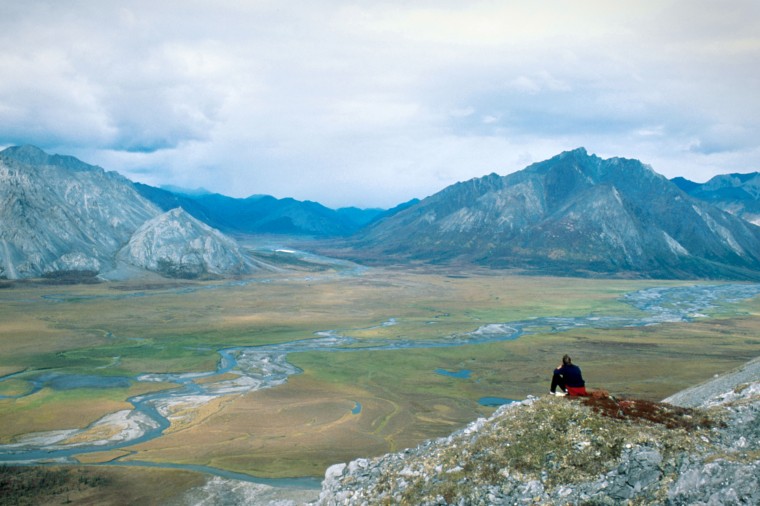Faced with a $2.5 billion budget shortfall, the U.S. Fish and Wildlife Service is eliminating hundreds of jobs, cutting back programs and leaving more than 200 national wildlife refuges unstaffed.
In all, the agency is planning to cut 565 jobs from wildlife refuges by 2009 — a 20 percent reduction.
The national refuge system encompasses 547 wildlife refuges and more than 96 million acres in all 50 states, attracting more than 40 million visitors a year.
Environmentalists say the staffing cuts — which follow two years of reductions — will leave an already lean work force depleted and result in a decrease in habitat management, restoration projects and education projects. More than 200 wildlife refuges across the country will be unstaffed.
“Our national wildlife refuges are literally crumbling before our eyes. Across the country we’re seeing how the culmination of years of negligent funding devastates these special places,” said Rodger Schlickeisen, president of Defenders of Wildlife.
William Reffalt, director of the National Wildlife Refuge System in the 1980s, lamented the deterioration in the refuge system, which celebrated its 104th anniversary this week.
“Our nation had the foresight to establish these sanctuaries to conserve fish and wildlife, but we are failing to provide the ongoing stewardship that is required,” he said. “We need leadership in the spirit of Theodore Roosevelt,” who established the first wildlife refuge in Florida in 1903.
Attrition strategy
Agency officials acknowledged that the budget cuts will affect services, but said that with a $2.5 billion backlog in operations and maintenance, the reductions were unavoidable. Few, if any, layoffs will be needed, they said, with most job losses occurring though attrition.
“If the Service does not act decisively now, it will become unable to effectively operate most national wildlife refuges within a few years, even if budgets remain level,” said David Eisenhauer, an agency spokesman.
The job cuts should increase efficiency and free up funding for refuge management and operations, Eisenhauer said.
But critics said leaving refuges unstaffed could lead to problems with invasive species — and increased crime or vandalism on the rustic sites, many of which are within an hour’s drive of a major city
“In this day and age, no land can really be left alone,” said Noah Matson, director of federal lands programs for Defenders of Wildlife. About 8 million refuge acres nationwide are infested with invasive species such as beetles and carp, Matson said.
Six officers in four-state area
The cuts also mean fewer law enforcement officers. In the Pacific region, only six officers will patrol a four-state area. In Oregon, just one full-time officer patrols the entire coastline, with a half-dozen wildlife refuges.
“That’s just pathetic,” Matson said.
President Bush has requested about $398 million for the National Wildlife Refuge System for the next budget year, a $12 million increase over current spending but far short of what is needed, critics say.
The agency estimates it needs a $15 million annual increase to keep pace with inflation, and a much larger amount to chip into the $2.5 billion backlog for maintenance and operations.
About 221 refuges will be unstaffed after the staffing reductions are finished, Eisenhauer said. All refuges will continue to be managed, he said, although some will become unstaffed “satellite units” of larger refuge complexes with no day-to-day management.
